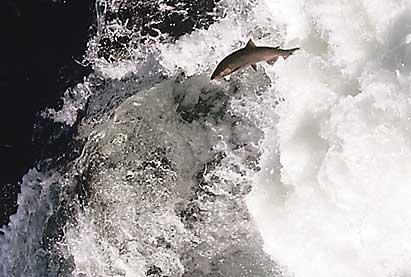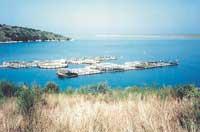Wild fish salmon?
2001/11/28 Elhuyar Zientzia

Should fish raised in nursery, in this case salmon, be considered when protecting wild populations? A U.S. federal court said yes and earlier this month the government decided not to appeal this sentence. Consequently, two or three dozen species of population risk could fall outside the list of the West Coast. This has upset those who bet on conservation, since they consider that the consideration of salmon farms is equivalent to considering the specimens present in the zoos in the story of a species to extinguish.
The government has spent over a hundred years using nursery salmon to strengthen salmon populations that sell well on the market. They release fish when they are young in rivers and streams. These salmon go to the sea, arrive there and, years later, return to the farm. However, despite belonging to the same species as the wild, they are often not as skillful as the wild to eat or flee predators. As a result, they are not considered essential in the long-term duration of populations, nor has the National Maritime Fisheries Service (SFMI) taken into account when determining which population should be included in the list of species to be protected.
According to the ruling, the IMF acted ‘arbitrarily’ by not including in the list of salmon populations in Oregon the specimens of nurseries, despite being identical to the genetic ones.
According to NMFS biologists, there are numerous studies that show that specimens of nurseries cause problems for the wild, since the ‘hybrids’ of both have less capacity than the wild ones.

Gai honi buruzko eduki gehiago
Elhuyarrek garatutako teknologia





